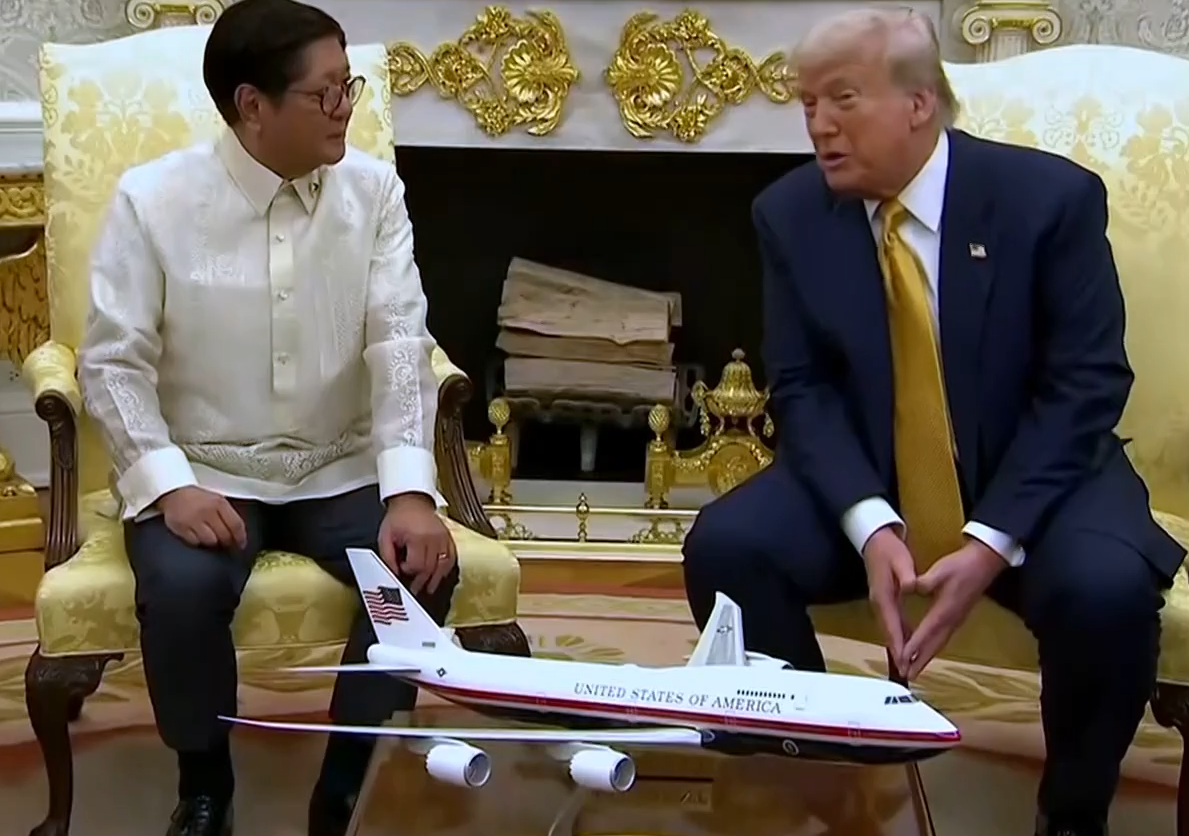US President Donald Trump announced a trade agreement with Philippine President Ferdinand Marcos Jr. following a meeting at the White House on Tuesday. The deal includes a reduction in US tariff rates on Philippine imports from 20% to 19%, while US exports to the Philippines would enter without facing import taxes.
Trump shared the broad terms of the agreement on his social media platform, Truth Social. He also emphasized military cooperation between the two countries as both seek stronger ties amid growing tensions in the Indo-Pacific.
Ahead of the meeting, the Marcos administration signaled its willingness to offer zero tariffs on selected US goods. While specific terms remain unclear, Marcos described the 1% tariff cut as a “significant achievement” and confirmed that discussions included tariff-free access for US automobiles. Asked whether the Philippines compromised too much, Marcos replied, “that’s how negotiations go.”
The Philippine Embassy has yet to comment publicly. No formal documentation outlining the full terms of the agreement has been released.
Marcos’ three-day visit to Washington underscores the strategic importance of the US-Philippines alliance. The two nations are treaty allies, and the visit comes amid increased maritime tensions between the Philippines and China in the South China Sea, particularly around Scarborough Shoal.
The US continues to view China as its main strategic rival. Successive American administrations have worked to shift defense and economic focus to the Asia-Pacific region. Trump echoed this position while also addressing unrelated political grievances, including repeating false claims about the 2020 US presidential election and referencing his political opponents during his public remarks.
Marcos reaffirmed the Philippines’ independent foreign policy but acknowledged the United States as the country’s “strongest partner.” The US and the Philippines are conducting joint military drills and expanding defense cooperation, including efforts to modernize the Philippine armed forces with American support.
Chinese Foreign Ministry spokesperson Guo Jiakun responded cautiously to the new US-Philippine cooperation, warning that no agreement should provoke confrontation or destabilize the region. Beijing has routinely confronted Filipino vessels in disputed waters using water cannons and other aggressive tactics.
Marcos also held meetings with US Secretary of State Marco Rubio and Defense Secretary Pete Hegseth. At the Pentagon, Marcos emphasized mutual defense as the “cornerstone” of bilateral relations. Hegseth, during a regional forum earlier this year, reiterated US concerns over China’s assertiveness and stated that Washington is focused on deterring aggression from Beijing.
While Trump suggested a future visit to China may be forthcoming, he maintained that the Philippines remains free to engage independently with Beijing. “Do whatever you need to do,” Trump told Marcos. “But your dealing with China wouldn’t bother me at all.”


